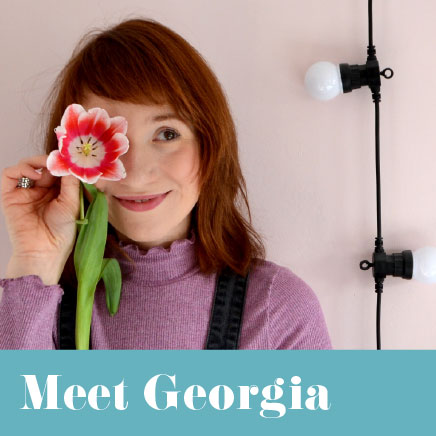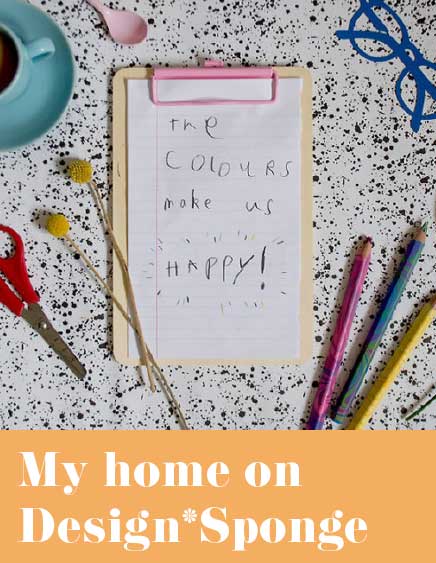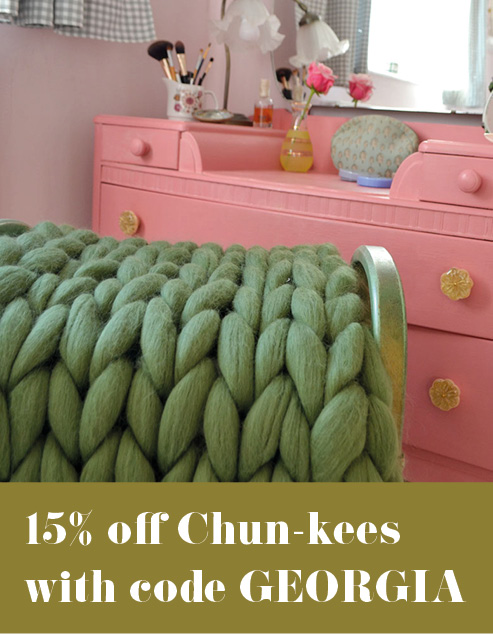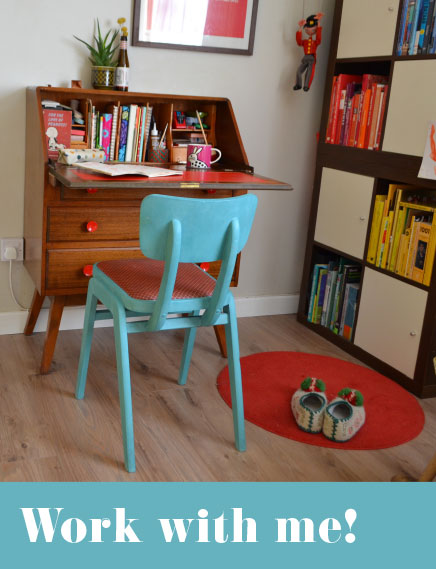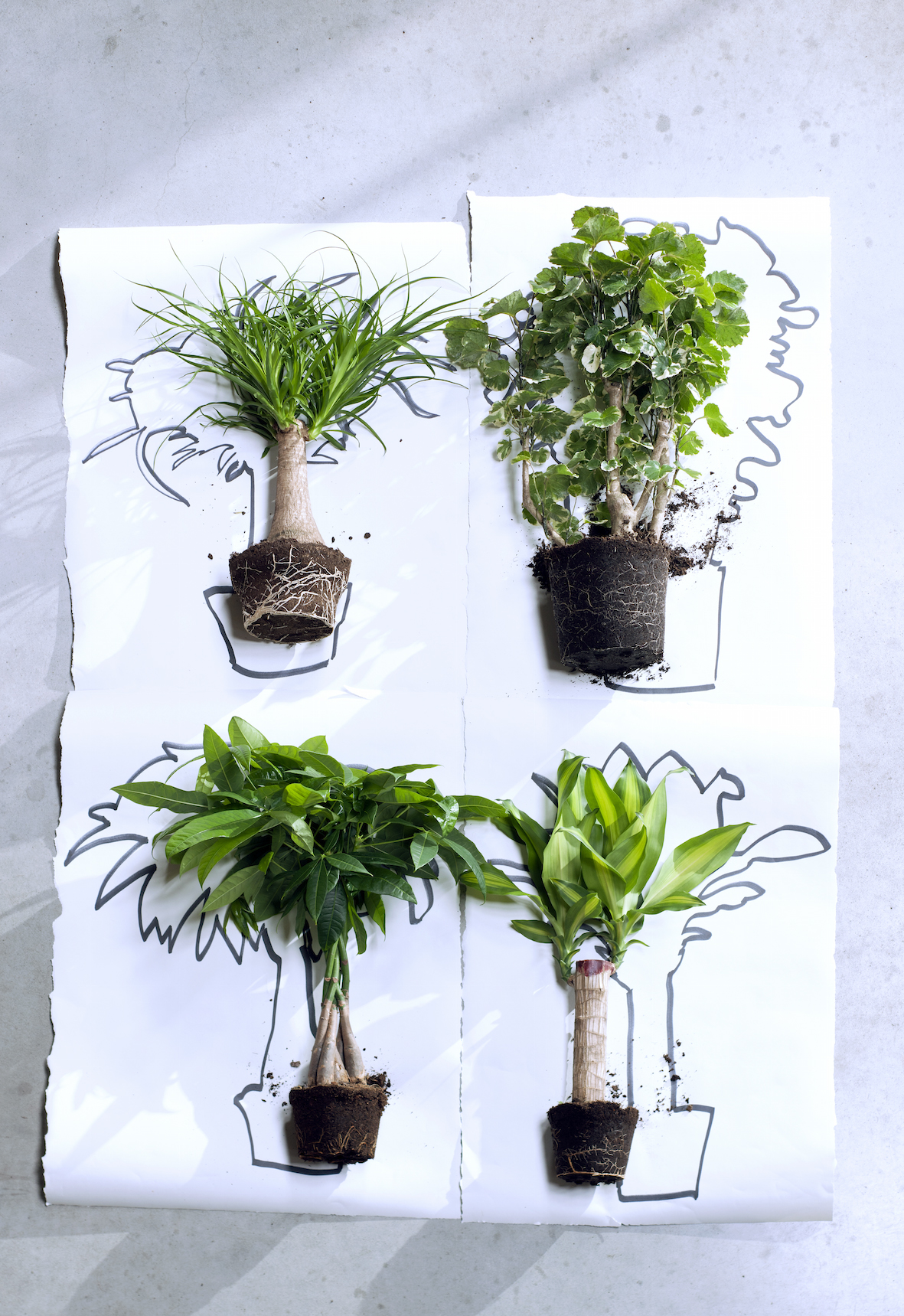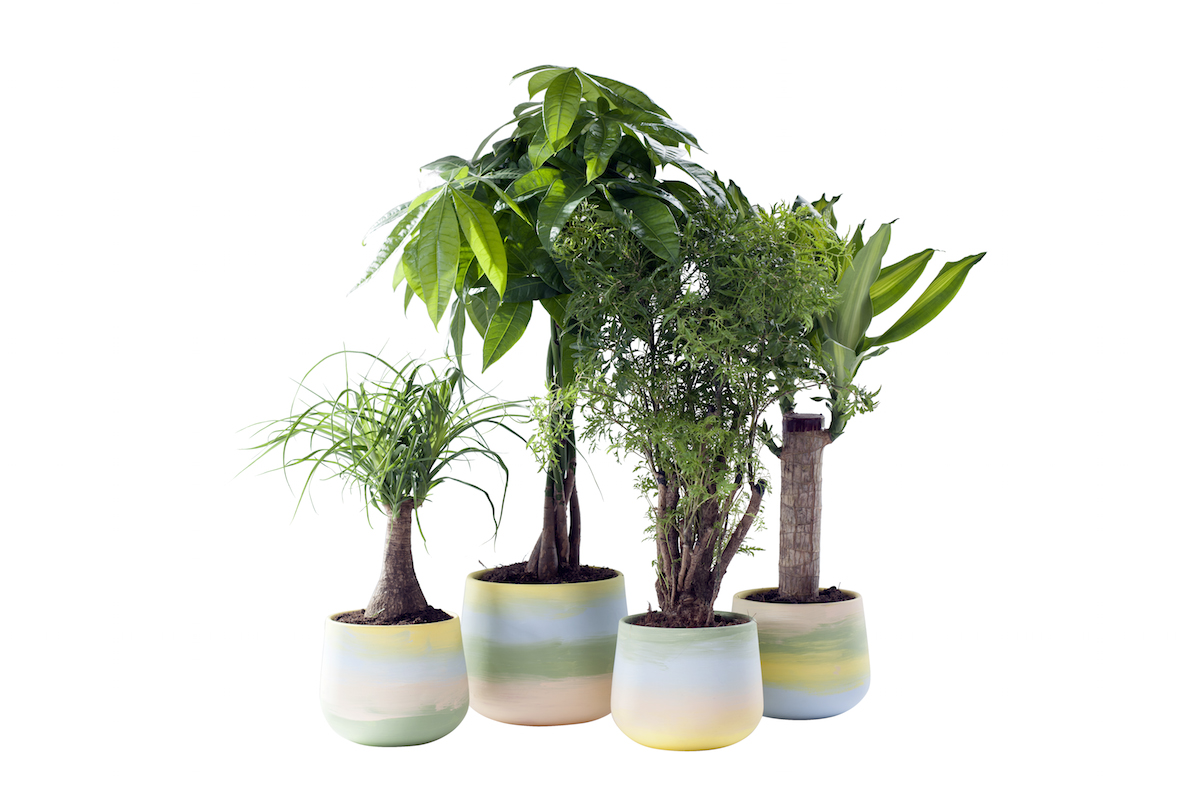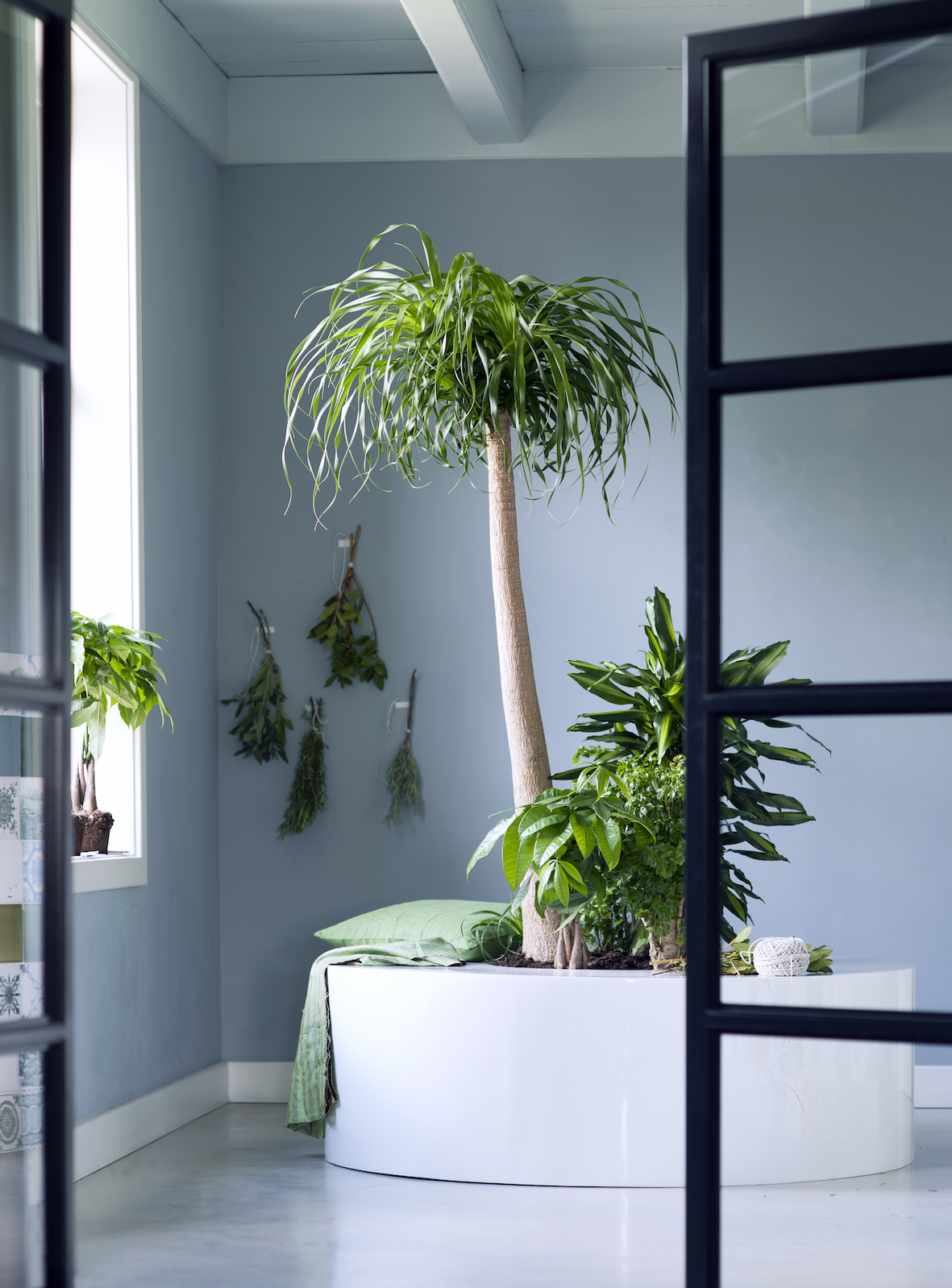I have to say our lounge is looking a little bare now that the Christmas tree is gone and I think the perfect remedy to this would be to get a beautiful soothing indoor tree. I love the way that adding plants and in particular indoor trees, can quickly and cheaply really breathe new life into your home and interior scheme. Plants always give a wonderfully calming element and purify the air making them wonderful gift for friends moving house. I love having freshly cut flowers, but there is something extra special about being able to have some greenery in your home all year round. As I said in my previous post today, the Mimosa is a strong contender, but there are so many other wonderfully decorative options for indoor trees.
Here are a few things to look for when buying indoor trees:
• When buying plants with trunks it’s important to check how well the plants are rooted in the pot. In general the roots must have grown all the way to the bottom of the pot to have a successful, healthy plant.
• Also check the pot size in relation to the number of heads per trunk or trunks per pot, the shape of the trunk, the height/length of the plant and the age of the plant. Apart from Beaucarnea, which is supplied in a pot which is only slightly larger than the plant, the other indoor trees need a pot with some growing room.
• Most plants on trunks come in various forms: single trunk, top cutting, clump (several plants of one species in a pot), branched (2 or more side branches on main trunk), with underplanting, stump or mummies (coarse natural trunk shapes).
• There should be no dried (brown) leaf tips longer than 5 mm.
• The plant needs to be free of diseases and pests: with these kinds of woody trunks look particularly for mealybug, brown scale and scale insects, and possibly banana moth (larvae) in the trunks.
• The top of the trunk must be sealed with wax or something similar in order to prevent rot from moisture or the penetration of water. Most indoor trees are sensitive to cold – don’t let the temperature drop below 12-15°C.
I love these images of indoor trees, the gorgeous textures and glossy greens are the perfect for interiors and I can't wait to experiment with them in my home.
There are so many indoor trees to choose from. The most popular are the Dracaena, Beaucarnea, Polyscias and Pachira. If like me, you're not familiar with these, here's a little about each one:
Dracaena
Dracaena is the most common genus in the trade. The range features many different species and cultivars, which vary in terms of leaf shape and colour. The size or appearance of Dracaena has nothing to do with the name. The plants are easiest to distinguish from one another by looking at the width of the leaves at species level. D. marginata is 1 cm wide and always has a red edge, D. deremensis is 2-3 cm wide, D. fragrans is 4-7 cm wide. There is also D. reflexa with rather short, bent leaves. A number of species are less well-known: D. surculosa and D. sanderiana. There are various cultivars of all these species available for sale.
Beaucarnea
There are two forms of Beaucarnea recurvata available. The adult form is sold as Beaucarnea and always has an attractive, fairly smooth trunk. The young plant is sold under the name Nolina, but is actually the same plant and is characterised by the small ball out of which the narrow leaves grow.
Polyscias
We see many different forms of Polyscias, from fine jagged leaves (P. fruticosa) to P. scutellaria and P. balfouriana with almost round leaves.
Pachira
Only one type of Pachira is sold - P. aquatica. However, there are many different forms, from small trunks to trees which are several metres high.
Indoor trees are typically easy to care for, but here are a few tips:
• Foliage plants should never be placed in direct sunlight otherwise the leaves will scorch.
• The larger and thicker the trunk, the easier the plant is to look after. The trunk stores water - too much moisture can even lead to the trunk rotting. Generally speaking the plant should be watered regularly with water at room temperature, and standing water should be avoided. A shower in the form of some rain is an option in spring and summer by placing the plant outdoors briefly. After all, that’s what happens in nature.
• Leave any yellow or ugly leaves to dry out and then remove. If an indoor tree has become too tall or less attractive, it can be pruned, preferably during the months when there is less sunlight. They can sometimes also flower, particularly if they are subjected to some ‘loving neglect’.
• Houseplant food once a month is recommended to help indoor trees last a long time.
To find out more about indoor trees take a look at The Joy of Plants website or for more information go to The Flower Council of Holland website.
All images: The Flower Council of Holland
This is a collaborative post.
Posted under – Flowers
Tags – No tags where found for this post

